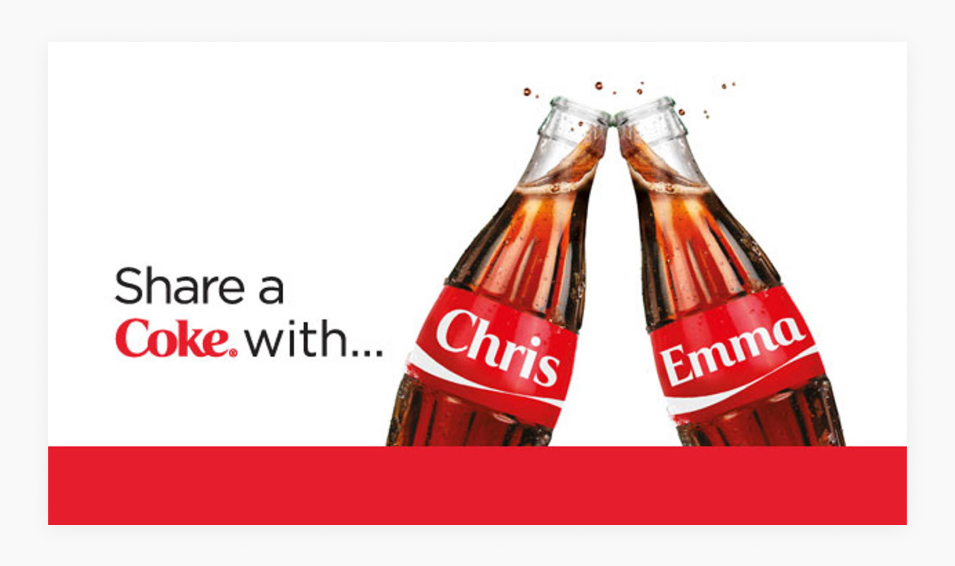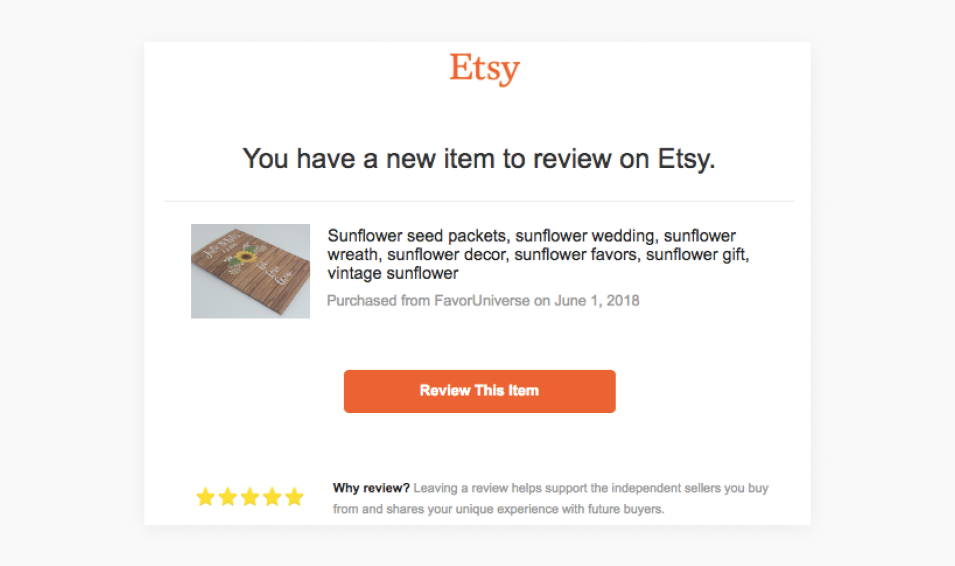Find out what makes your audience tick with our top tips!
In an increasingly digitized and automated world, the human factor will become more important than ever. The technological revolution caused an unprecedented shift away from mass marketing - with one broadcasting a single message to many - and towards marketing that is much more customer-centric.
Communication has become a two-way street. Due to easy access to information, customers have become more knowledgeable. They have also become more demanding as they expect brands to deliver personalized messages and be available 24/7.
On the flip side of the coin, customers are being bombarded with information. Back in 2015, a study by Red Crow Marketing revealed that Americans saw 4,000-10,000 ads a day! Oh and one minor detail: people nowadays severely dislike ads.
 How then can you tap into your target audience? What makes them tick and more importantly, respond when you are but one of many brands trying to draw their attention? How do you cut through the noise, not only to get your voice heard, but also to influence consumer behavior in an ethical way?
How then can you tap into your target audience? What makes them tick and more importantly, respond when you are but one of many brands trying to draw their attention? How do you cut through the noise, not only to get your voice heard, but also to influence consumer behavior in an ethical way?
As a fellow human being, you might think you have a pretty good idea about how a person might react to marketing messages. However, it turns out that we as humans display some rather curious behaviors.










